Best Seasons for Foundation Repairs
Foundation repairs are most effectively performed during specific seasons when weather conditions favor stable and safe work environments. Understanding the optimal timing can help ensure the longevity and effectiveness of repairs, reducing the risk of complications caused by environmental factors.
Spring offers moderate temperatures and increased daylight, making it suitable for foundation work. However, moisture levels can vary, potentially affecting soil conditions.
Summer provides warm and dry weather, ideal for foundation repairs. High temperatures and dry soil conditions facilitate easier excavation and stabilization.
Fall can be suitable due to cooler temperatures and less humidity. However, early winter preparations may be necessary to prevent delays caused by upcoming cold weather.
Winter is generally less ideal due to freezing temperatures and frozen ground, which can hinder excavation and stabilization processes.
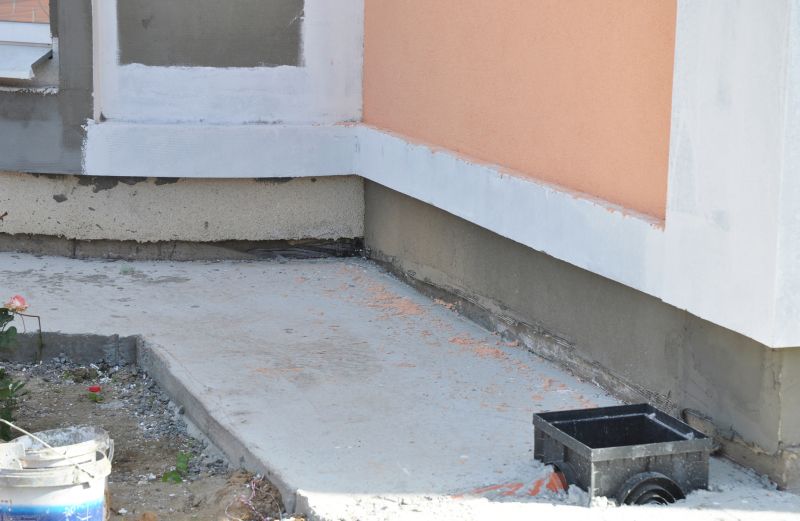
Image of foundation stabilization work during summer.
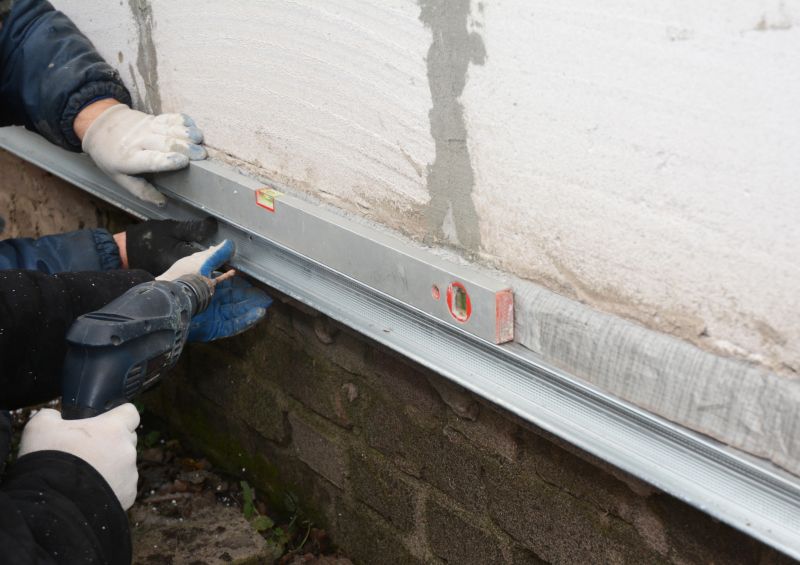
Tools used for soil assessment and preparation before repairs.
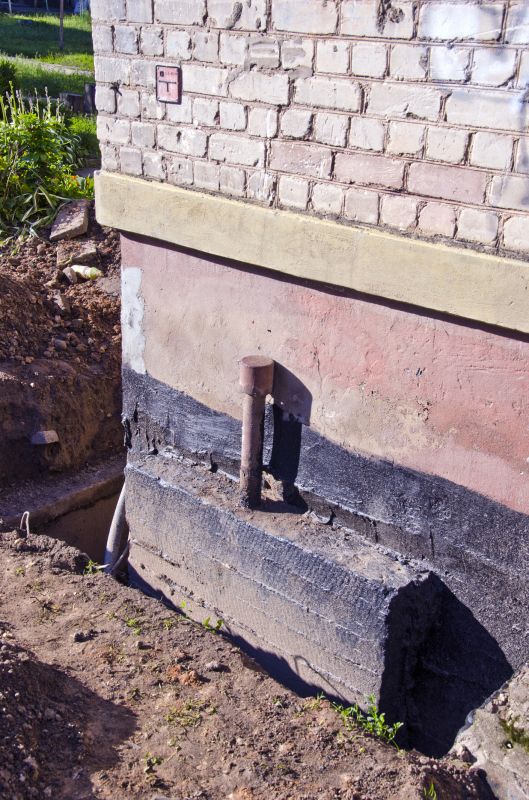
Finished foundation repair project showing structural stability.
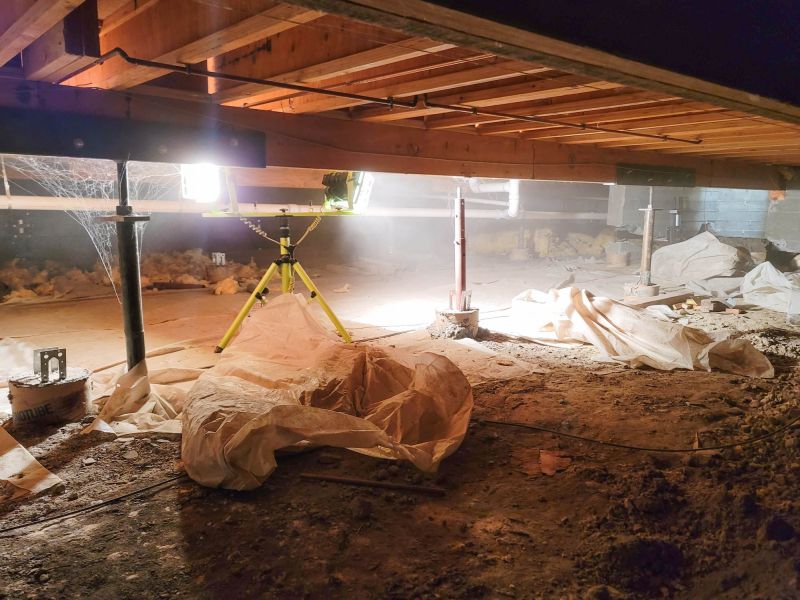
Ways to make Foundation Repairs work in tight or awkward layouts.
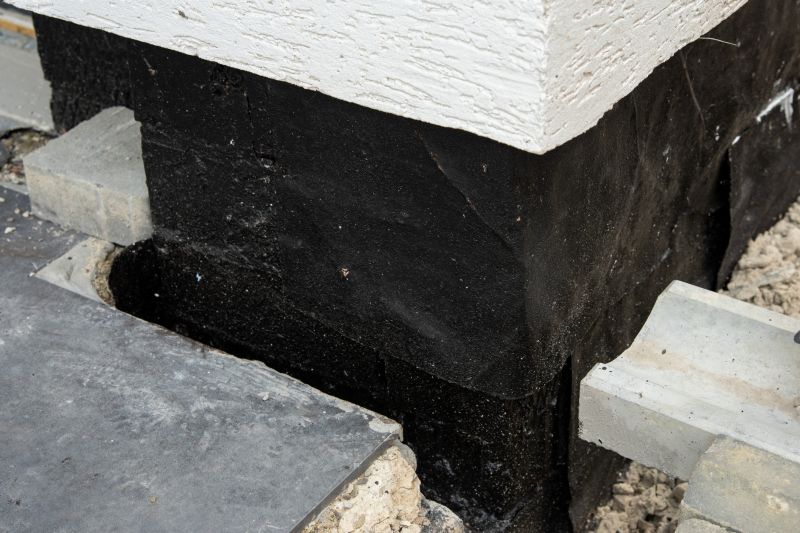
Popular materials for Foundation Repairs and why they hold up over time.

Simple add-ons that improve Foundation Repairs without blowing the budget.

High-end options that actually feel worth it for Foundation Repairs.
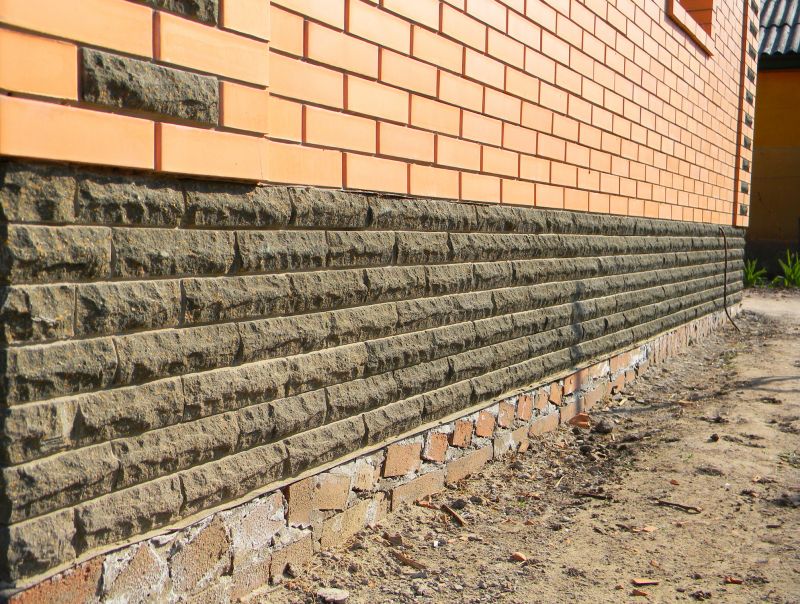
Finishes and colors that play nicely with Foundation Repairs.
| Season | Advantages |
|---|---|
| Spring | Moderate temperatures, longer daylight hours |
| Summer | Warm, dry weather ideal for excavation |
| Fall | Cooler temperatures, less humidity |
| Winter | Challenging due to freezing ground |
Foundation repairs are critical for maintaining the structural integrity of a building. Addressing issues promptly can prevent further damage and costly repairs in the future. Factors such as soil type, weather conditions, and the severity of foundation movement influence the best timing for repairs.

Specialized tools used during foundation stabilization.
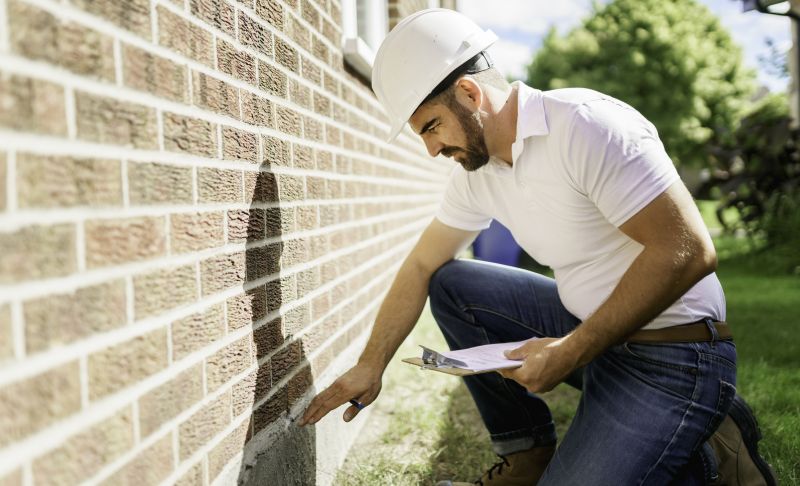
Inspecting soil conditions before repairs.
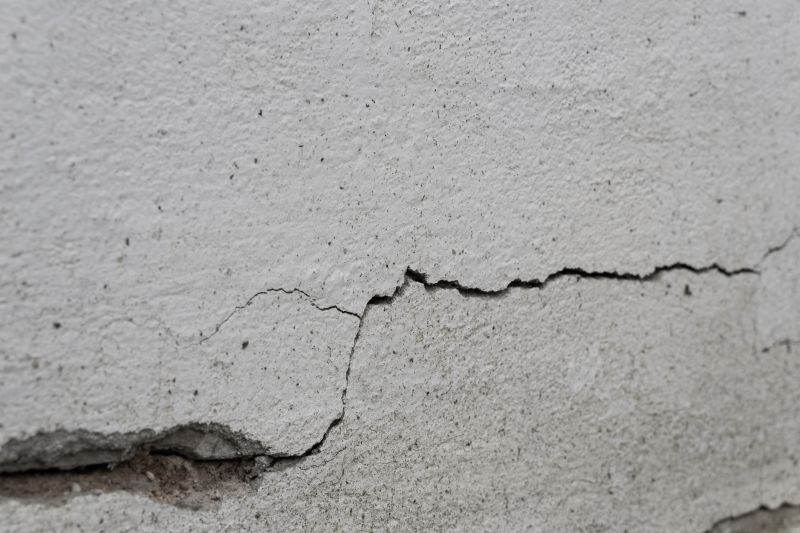
Sealing and stabilizing cracks in foundation walls.
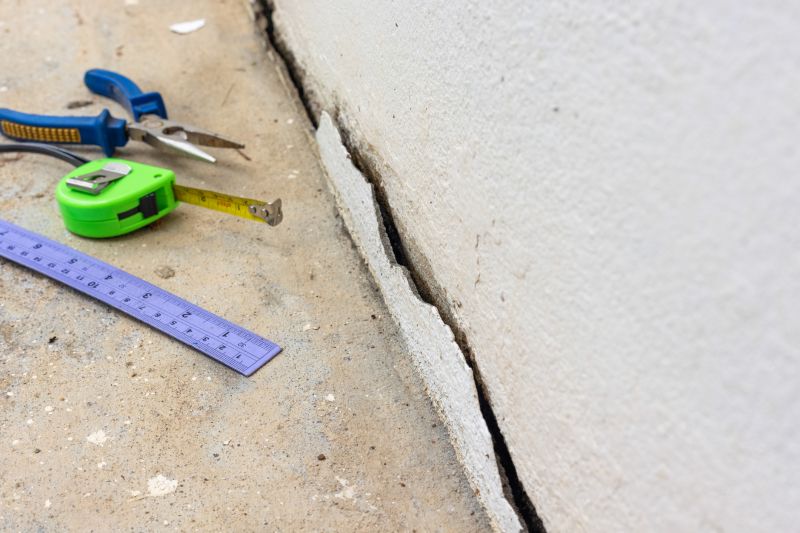
Ensuring stability after foundation work.

Little measurements that prevent headaches on Foundation Repairs day.
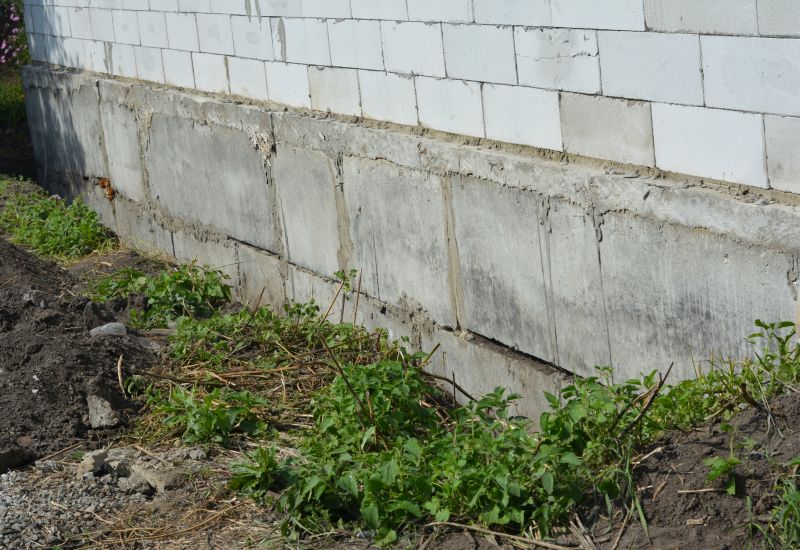
A 60-second routine that keeps Foundation Repairs looking new.

A frequent mistake in Foundation Repairs and how to dodge it.

Small tweaks to make Foundation Repairs safer and easier to use.
Timely foundation repairs can safeguard property value and structural safety. Consultation with foundation specialists can help determine the most suitable time for repairs based on local climate and soil conditions.
Interested in foundation repairs? Filling out the contact form provides an opportunity to discuss specific needs and schedule services at the most appropriate time for optimal results.

